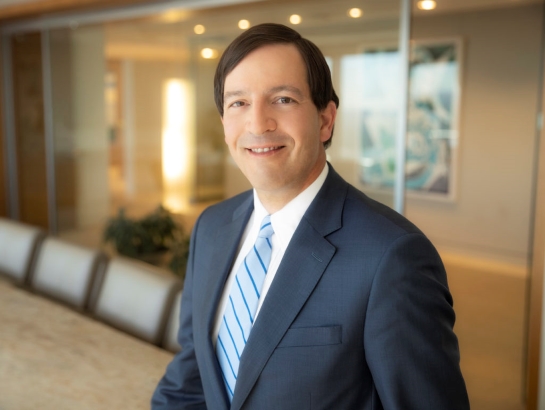By: Jason M. Katz
The NCAA’s suspension of its name, image, and likeness rules in 2021 created new opportunities for college athletes. The gist of the shift in this decision by the NCCA is that college athletes may now profit from their name, image, and likeness. However, one of the biggest issues since the loosening of the NIL policy is the lack of guidance from the NCAA other than stating that its interim policy issued in June 2021 would remain in place until federal legislation or new NCAA rules were adopted. The NCAA recently released some guidance that schools, third‑parties, prospective student-athletes, and student-athletes need to understand – most importantly that third-parties may be defined as boosters. Given this implication, both prospective and current student-athletes that are choosing a school or entering the transfer portal need to be wary in dealing with NIL agreements when interacting with schools and potential transfer destinations.
One of the current trends is the formation of collectives by individuals associated with specific schools to arrange and broker NIL opportunities for athletes at that school. “Collectives” is the term now used to describe pools of boosters, fans, and donors that are raising funds to provide student-athletes with NIL deals across the country. These collectives are typically school-specific, and some are even sport and/or position-specific, and they vary in levels of sophistication, amount of funds, and services provided. There are over 70 different collectives and many others of all shapes and sizes are being established throughout the country in the wake of NIL.
The NCAA guidance does not specifically refer to collectives by name, but it is clear that the NCAA is sending a message loud and clear to third-parties that fall under the NCAA’s definition of a booster: it is improper for a third-party booster to induce prospective and/or current student-athletes to enroll in a school in exchange for a NIL deal, and each NIL agreement must be based on an independent, case-by-case analysis of the value that each athlete brings to an NIL agreement. Specifically, a third-party group that qualifies as a booster may not:
- Engage in recruiting conversations with a prospective student-athlete;
- Communicate with a prospective student-athlete for a recruiting purpose or to encourage the enrollment at a particular institution;
- Guarantee a name, image, and likeness deal or promise contingent on initial or continuing enrollment at a particular institution;
- Work with institutional coaches and staff to arrange meetings with prospective student-athletes; or
- Offer prospective student-athletes compensation or incentives for enrollment decisions (e.g., signing a letter of intent or transferring), athletic performance (e.g., points scored, minutes played, winning a contest), achievement (e.g., starting position, award winner), or membership on a team.
The NCAA guidance also refers to certain existing specific Division I Legislation: NCAA bylaw 11.1.3 (representing individuals in marketing athletics ability/reputation), NCAA bylaw 13.10 (publicity), NCAA bylaw 12.1.2.1 (permissive recruiters), NCAA bylaw 13.02.14 (definition of recruiting), and NCAA bylaw 13.2.1 (offers and inducements). The NCAA guidance signals that it expects current NCAA bylaws related to recruiting and pay-for-play to be followed. Any institution, booster, or player that violates these existing NCAA rules could face NCAA infractions. Based on the recent NCAA guidance, the story is just beginning to be written on NIL issues. The NCAA guidance reflects the NCAA’s intention to crack down on any third-party booster and/or school that violates recruiting and pay-for-play rules that are currently in place. Given the very public demands of high-profile players around the country and open discussion of collectives and affluent boosters associated with certain schools, there will certainly be an adjustment period for all involved to make sure the rules that are in place are followed. One thing is clear – if a school or organization affiliated with a school, induces players to come to enroll in that school using promised compensation and NIL deals, there will be penalties handed down by the NCAA.
Given the NCAA guidance, an open question is: how, if at all, can a third-party such as a collective enter into NIL with athletes without implying an expectation that the student-athlete attends the school associated with the collective?
